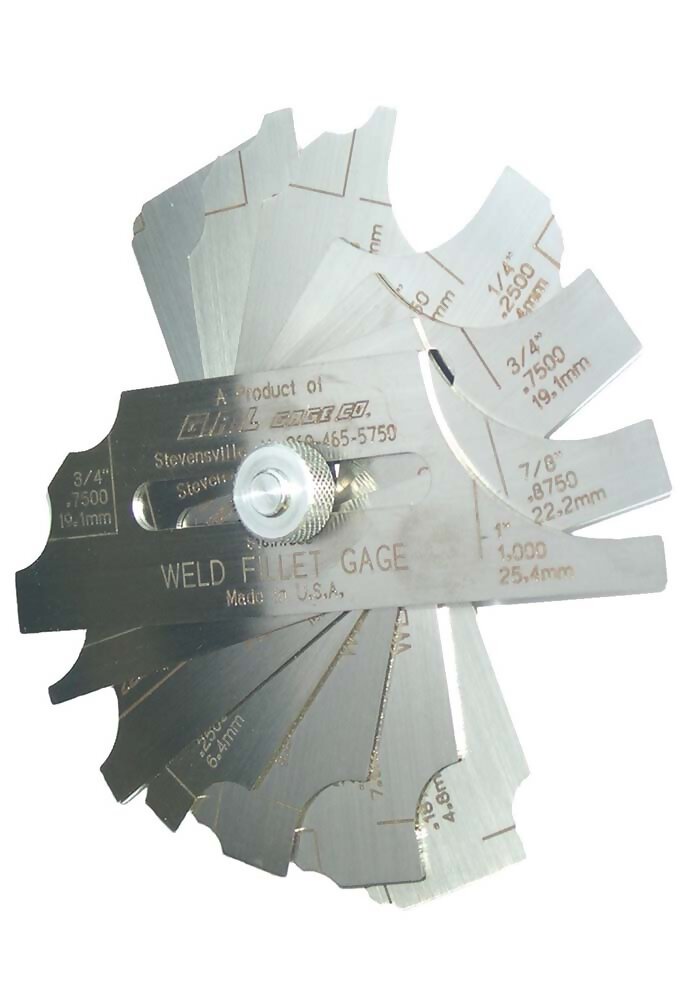Fillet Weld Layout Strategies: Enhancing Joint Efficiency and Appearance for Structural Integrity
In the world of structural engineering and manufacture, the relevance of fillet weld style strategies can not be overemphasized. By thoroughly taking into consideration elements such as weld profile optimization, product selection, joint prep work methods, welding process performance, and visual improvement makers, engineers and approaches can achieve an unified balance in between functionality and look in their welded frameworks.
Weld Account Optimization


Accomplishing an optimal weld account involves a careful consideration of factors such as product thickness, joint arrangement, welding position, and wanted welding rate. In addition, the choice of proper welding parameters, such as voltage, existing, and travel rate, is basic in controlling the shape and measurements of the fillet weld. Making use of advanced welding methods, such as pulse welding or robot welding, can even more fine-tune the weld profile to satisfy details layout needs and quality criteria.
Basically, weld account optimization is a fundamental facet of fillet weld design that directly affects the total efficiency and reliability of bonded joints in structural applications.
Product Option Factors To Consider
When taking into consideration product selection for fillet weld style, the compatibility of the base steels is a critical factor affecting the structural stability of the joint. It is important to choose products that not just bonded together efficiently but additionally possess comparable mechanical properties to guarantee the load is equally distributed between the base and the weld steels. Welding products with significantly various properties can cause concerns such as anxiety focus, premature joint failure, or fracturing.
Additionally, the atmosphere in which the welded framework will operate should be taken into consideration when selecting materials. Variables like corrosion resistance, temperature variations, and exposure to chemicals can all impact the long life and performance of the weld joint. By choosing products that are suitable for the desired application and setting, the general longevity and reliability of the welded joint can be substantially enhanced.
As a result, complete factor to consider of product compatibility and ecological elements is critical in ensuring the weld joint's toughness, longevity, and total structural integrity.

Joint Preparation Techniques
Thinking about the crucial role product selection plays in ensuring the structural stability of fillet weld joints, it is important to execute accurate joint preparation techniques that enhance the connection between the base steels. Joint prep work is a vital action that straight influences the quality and strength of the weld.
Furthermore, appropriate fit-up of the joint is important to ensure consistent circulation of the welding material and stop problems like incomplete penetration or extreme buildup. Beveling the i was reading this sides of the base metals can produce a groove that enables for deeper weld penetration and a stronger bond. In addition, tack welding the parts in position before the final weld helps preserve alignment and minimizes distortion during the welding process. By diligently adhering to these joint preparation methods, welders can enhance the general performance and looks of fillet weld joints while ensuring structural soundness.
Welding Refine Effectiveness
Efficient welding procedures are vital for accomplishing ideal efficiency and high quality in fillet weld construction. Procedures like gas steel arc welding (GMAW) and flux-cored arc welding (FCAW) are commonly made use of for fillet welds due to their versatility and rate.
Regular calibration of welding makers, examination advice of consumables, and maintenance of welding torches can avoid downtime and remodel, eventually saving time and resources. Well-trained welders are much more experienced at readjusting parameters, fixing concerns, and keeping consistent weld quality.
Visual Improvement Approaches
To optimize the high quality of fillet weld construction, executing visual enhancement approaches can play an important role in ensuring precision and precision during the welding process. Visual enhancement methods incorporate numerous techniques intended at improving the look and high quality of fillet welds. One typical strategy is using back purging systems to remove oxidation on the backside of the weld, leading to a cleaner, much more visually pleasing coating. In addition, employing proper lighting setups in the welding area can enhance visibility, permitting home welders to check the weld swimming pool and make certain regular grain development. Aesthetic aids such as weld dimension gauges and amplifying lenses can help in assessing weld accounts and measurements accurately. The usage of contrasting marking products or short-lived tacking can assist in straightening and placing the work surfaces precisely before welding. By integrating these aesthetic enhancement methods right into the welding process, welders can accomplish not just structurally audio fillet welds yet additionally aesthetically appealing results that meet industry criteria.

Verdict
To conclude, enhancing fillet weld style involves mindful factor to consider of weld account, product selection, joint preparation, welding procedure effectiveness, and aesthetic enhancement approaches. By implementing these methods, structural honesty can be improved while also accomplishing visual appeal. It is necessary to prioritize both performance and looks in fillet weld design to ensure the total top quality and sturdiness of the joint.
By carefully taking into consideration elements such as weld account optimization, material choice, joint prep work methods, welding procedure efficiency, and visual enhancement fabricators, techniques and engineers can accomplish an unified equilibrium in between capability and appearance in their welded structures.In the world of fillet weld layout, enhancing the weld account plays a vital duty in making sure architectural integrity and efficiency. The weld account, which includes the dimension and shape of the weld cross-section, directly impacts the distribution of tension and load-bearing capability within the joint. It is necessary to pick products that not just weld with each other properly yet additionally possess similar mechanical properties to make sure the lots is equally dispersed between the weld and the base steels - Gauge Fillet Weld.In conclusion, enhancing fillet weld layout entails careful consideration of weld profile, material selection, joint preparation, welding process performance, and visual enhancement techniques